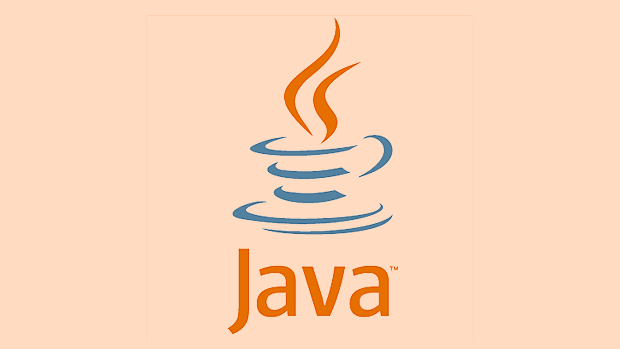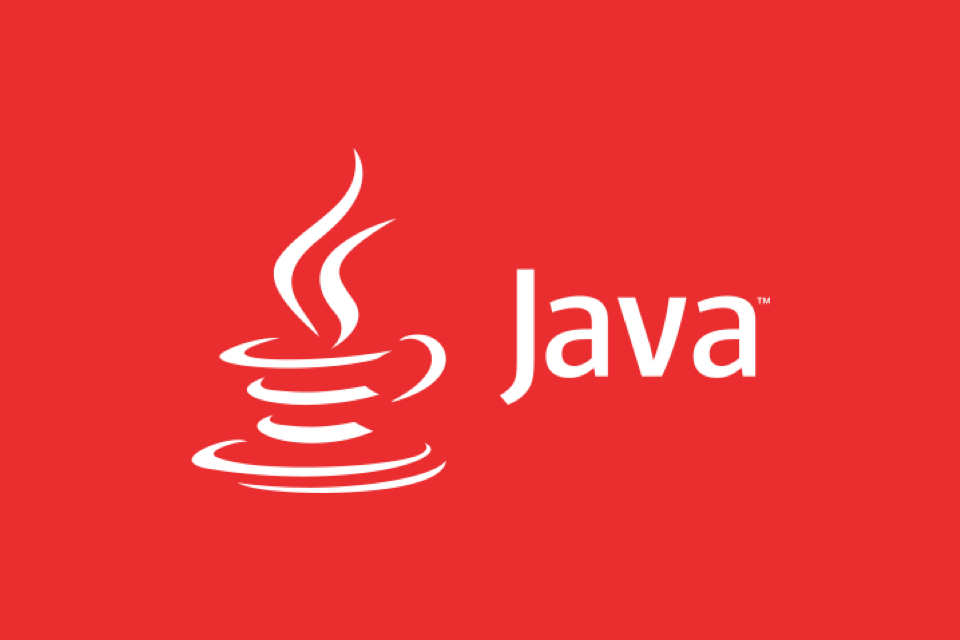How to implement the responsibility chain pattern in Java? 1. Define an abstract class or interface for processing requests, including processing methods and methods for setting up the next processor. 2. Create a specific processor class to implement request processing logic. If the current processor cannot process it, it will be passed to the next one. 3. Build a processor chain and form a chain by setting up the next processor of each processor. 4. The client initiates a request and starts processing from the first node of the chain until the processor processes or the chain ends. For example, TeamLead, ProjectManager, and Director process purchase requests of different amounts in turn, and determine whether to process or forward the requests based on the amount.

Implementing the Chain of Responsibility pattern in Java can help you decouple the sender and receiver of a request, especially when multiple objects could potentially handle the request. This design pattern allows you to pass a request along a chain of handlers until one of them processes it.

Understanding the Core Components
The Chain of Responsibility pattern consists of several key components:
- Handler : An interface or abstract class that defines the method for handling requests and maintaining the next handler in the chain.
- Concrete Handlers : Classes that implement the handler interface and contains the logic for processing specific requests. If a concrete handler cannot process the request, it forwards it to the next handler in the chain.
- Client : The object that initiates the request and sends it to the first handler in the chain.
For example, imagine you're building a system where different types of purchase requests need approval from various managers based on the amount. A PurchaseRequest might be handled by a TeamLead , then passed to a ProjectManager , and finally to a Director .

Building the Handler Interface
Start by defining an interface or abstract class for your handlers. In this case, let's use an abstract class to provide a default implementation for chaining handlers together.
public abstract class Approver {
protected Approver nextApprover;
public void setNextApprover(Approver nextApprover) {
this.nextApprover = nextApprover;
}
public abstract void processRequest(PurchaseRequest request);
}This abstract class includes:

- A reference to the next approver in the chain.
- A method to set the next approver.
- An abstract method
processRequest()that each concrete handler will implement.
Implementing Concrete Handlers
Now create concrete implementations of the Approver class. Each handler checks if it can process the request; otherwise, it passes the request to the next handler.
Here's how a TeamLead might look:
public class TeamLead extends Approver {
@Override
public void processRequest(PurchaseRequest request) {
if (request.getAmount() <= 1000) {
System.out.println("Team Lead approved the request of $" request.getAmount());
} else if (nextApprover != null) {
nextApprover.processRequest(request);
}
}
} And here's a ProjectManager :
public class ProjectManager extends Approver {
@Override
public void processRequest(PurchaseRequest request) {
if (request.getAmount() > 1000 && request.getAmount() <= 5000) {
System.out.println("Project Manager approved the request of $" request.getAmount());
} else if (nextApprover != null) {
nextApprover.processRequest(request);
}
}
} You can continue adding more levels like a Director for higher amounts.
Setting Up and Using the Chain
Once all handlers are defined, you link them together to form the chain. Then, you send the request to the first handler in the sequence.
Here's how you might set up the chain and make a request:
public class Client {
public static void main(String[] args) {
// Build the chain
Approver teamLead = new TeamLead();
Approver projectManager = new ProjectManager();
Approver director = new Director();
teamLead.setNextApprover(projectManager);
projectManager.setNextApprover(director);
// Make requests
teamLead.processRequest(new PurchaseRequest(800));
teamLead.processRequest(new PurchaseRequest(3000));
teamLead.processRequest(new PurchaseRequest(10000));
}
}In this example:
- The
PurchaseRequestwith $800 is handled by theTeamLead. - The $3000 request goes to the
ProjectManager. - The $10000 request reaches the
Director.
Make sure to test edge cases—like a request that no one can approve—and consider adding logging or fallback behavior.
Basically, that's how you implement the Chain of Responsibility pattern in Java. It keeps your code flexible and makes it easier to extend the chain as needed.
The above is the detailed content of How to implement the Chain of Responsibility pattern in Java?. For more information, please follow other related articles on the PHP Chinese website!

Hot AI Tools

Undress AI Tool
Undress images for free

Undresser.AI Undress
AI-powered app for creating realistic nude photos

AI Clothes Remover
Online AI tool for removing clothes from photos.

Clothoff.io
AI clothes remover

Video Face Swap
Swap faces in any video effortlessly with our completely free AI face swap tool!

Hot Article

Hot Tools

Notepad++7.3.1
Easy-to-use and free code editor

SublimeText3 Chinese version
Chinese version, very easy to use

Zend Studio 13.0.1
Powerful PHP integrated development environment

Dreamweaver CS6
Visual web development tools

SublimeText3 Mac version
God-level code editing software (SublimeText3)

Hot Topics
 What is the `enum` type in Java?
Jul 02, 2025 am 01:31 AM
What is the `enum` type in Java?
Jul 02, 2025 am 01:31 AM
Enums in Java are special classes that represent fixed number of constant values. 1. Use the enum keyword definition; 2. Each enum value is a public static final instance of the enum type; 3. It can include fields, constructors and methods to add behavior to each constant; 4. It can be used in switch statements, supports direct comparison, and provides built-in methods such as name(), ordinal(), values() and valueOf(); 5. Enumeration can improve the type safety, readability and flexibility of the code, and is suitable for limited collection scenarios such as status codes, colors or week.
 What is the interface segregation principle?
Jul 02, 2025 am 01:24 AM
What is the interface segregation principle?
Jul 02, 2025 am 01:24 AM
Interface Isolation Principle (ISP) requires that clients not rely on unused interfaces. The core is to replace large and complete interfaces with multiple small and refined interfaces. Violations of this principle include: an unimplemented exception was thrown when the class implements an interface, a large number of invalid methods are implemented, and irrelevant functions are forcibly classified into the same interface. Application methods include: dividing interfaces according to common methods, using split interfaces according to clients, and using combinations instead of multi-interface implementations if necessary. For example, split the Machine interfaces containing printing, scanning, and fax methods into Printer, Scanner, and FaxMachine. Rules can be relaxed appropriately when using all methods on small projects or all clients.
 Asynchronous Programming Techniques in Modern Java
Jul 07, 2025 am 02:24 AM
Asynchronous Programming Techniques in Modern Java
Jul 07, 2025 am 02:24 AM
Java supports asynchronous programming including the use of CompletableFuture, responsive streams (such as ProjectReactor), and virtual threads in Java19. 1.CompletableFuture improves code readability and maintenance through chain calls, and supports task orchestration and exception handling; 2. ProjectReactor provides Mono and Flux types to implement responsive programming, with backpressure mechanism and rich operators; 3. Virtual threads reduce concurrency costs, are suitable for I/O-intensive tasks, and are lighter and easier to expand than traditional platform threads. Each method has applicable scenarios, and appropriate tools should be selected according to your needs and mixed models should be avoided to maintain simplicity
 Differences Between Callable and Runnable in Java
Jul 04, 2025 am 02:50 AM
Differences Between Callable and Runnable in Java
Jul 04, 2025 am 02:50 AM
There are three main differences between Callable and Runnable in Java. First, the callable method can return the result, suitable for tasks that need to return values, such as Callable; while the run() method of Runnable has no return value, suitable for tasks that do not need to return, such as logging. Second, Callable allows to throw checked exceptions to facilitate error transmission; while Runnable must handle exceptions internally. Third, Runnable can be directly passed to Thread or ExecutorService, while Callable can only be submitted to ExecutorService and returns the Future object to
 Understanding Java NIO and Its Advantages
Jul 08, 2025 am 02:55 AM
Understanding Java NIO and Its Advantages
Jul 08, 2025 am 02:55 AM
JavaNIO is a new IOAPI introduced by Java 1.4. 1) is aimed at buffers and channels, 2) contains Buffer, Channel and Selector core components, 3) supports non-blocking mode, and 4) handles concurrent connections more efficiently than traditional IO. Its advantages are reflected in: 1) Non-blocking IO reduces thread overhead, 2) Buffer improves data transmission efficiency, 3) Selector realizes multiplexing, and 4) Memory mapping speeds up file reading and writing. Note when using: 1) The flip/clear operation of the Buffer is easy to be confused, 2) Incomplete data needs to be processed manually without blocking, 3) Selector registration must be canceled in time, 4) NIO is not suitable for all scenarios.
 Best Practices for Using Enums in Java
Jul 07, 2025 am 02:35 AM
Best Practices for Using Enums in Java
Jul 07, 2025 am 02:35 AM
In Java, enums are suitable for representing fixed constant sets. Best practices include: 1. Use enum to represent fixed state or options to improve type safety and readability; 2. Add properties and methods to enums to enhance flexibility, such as defining fields, constructors, helper methods, etc.; 3. Use EnumMap and EnumSet to improve performance and type safety because they are more efficient based on arrays; 4. Avoid abuse of enums, such as dynamic values, frequent changes or complex logic scenarios, which should be replaced by other methods. Correct use of enum can improve code quality and reduce errors, but you need to pay attention to its applicable boundaries.
 Exploring Different Synchronization Mechanisms in Java
Jul 04, 2025 am 02:53 AM
Exploring Different Synchronization Mechanisms in Java
Jul 04, 2025 am 02:53 AM
Javaprovidesmultiplesynchronizationtoolsforthreadsafety.1.synchronizedblocksensuremutualexclusionbylockingmethodsorspecificcodesections.2.ReentrantLockoffersadvancedcontrol,includingtryLockandfairnesspolicies.3.Conditionvariablesallowthreadstowaitfor
 How Java ClassLoaders Work Internally
Jul 06, 2025 am 02:53 AM
How Java ClassLoaders Work Internally
Jul 06, 2025 am 02:53 AM
Java's class loading mechanism is implemented through ClassLoader, and its core workflow is divided into three stages: loading, linking and initialization. During the loading phase, ClassLoader dynamically reads the bytecode of the class and creates Class objects; links include verifying the correctness of the class, allocating memory to static variables, and parsing symbol references; initialization performs static code blocks and static variable assignments. Class loading adopts the parent delegation model, and prioritizes the parent class loader to find classes, and try Bootstrap, Extension, and ApplicationClassLoader in turn to ensure that the core class library is safe and avoids duplicate loading. Developers can customize ClassLoader, such as URLClassL






